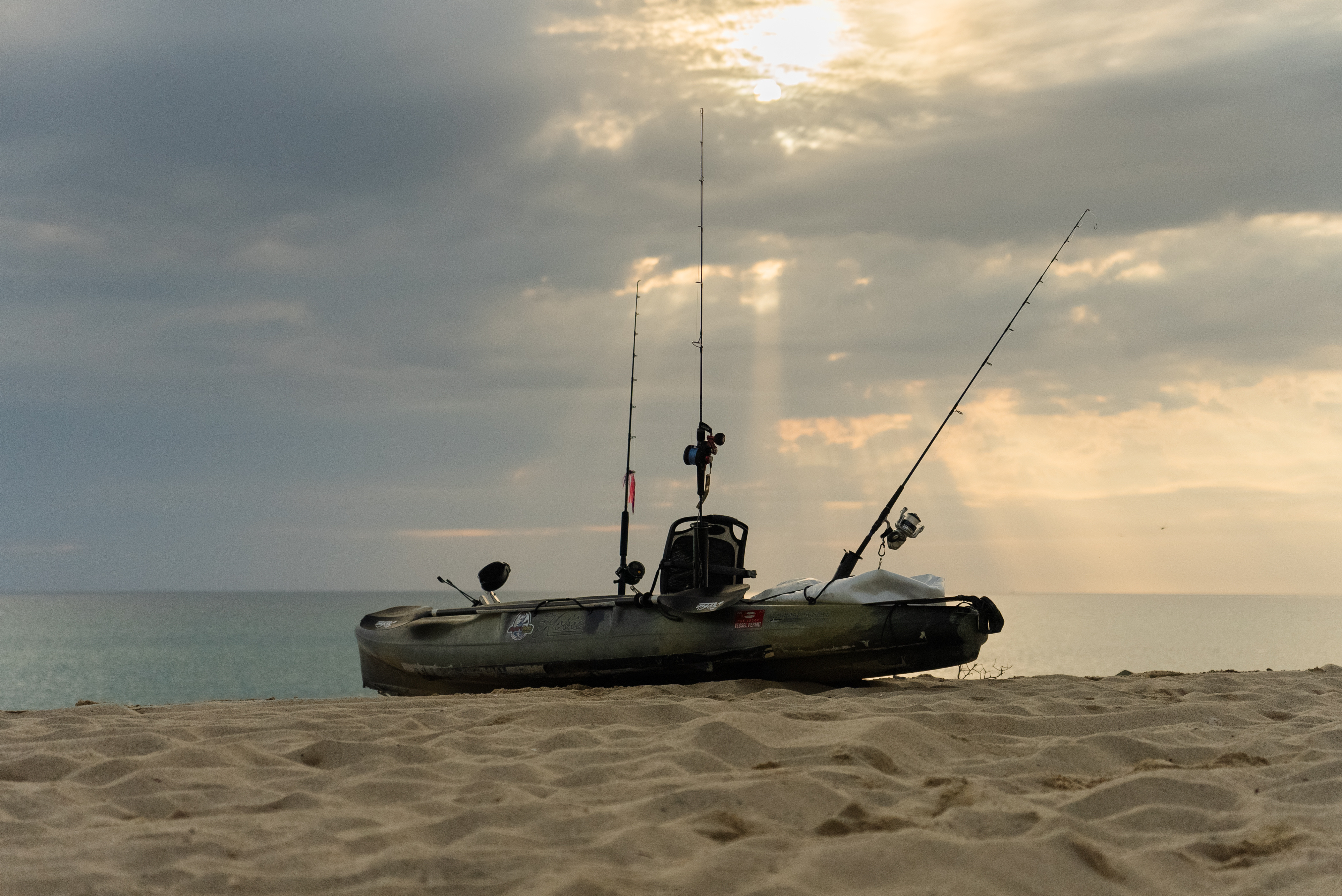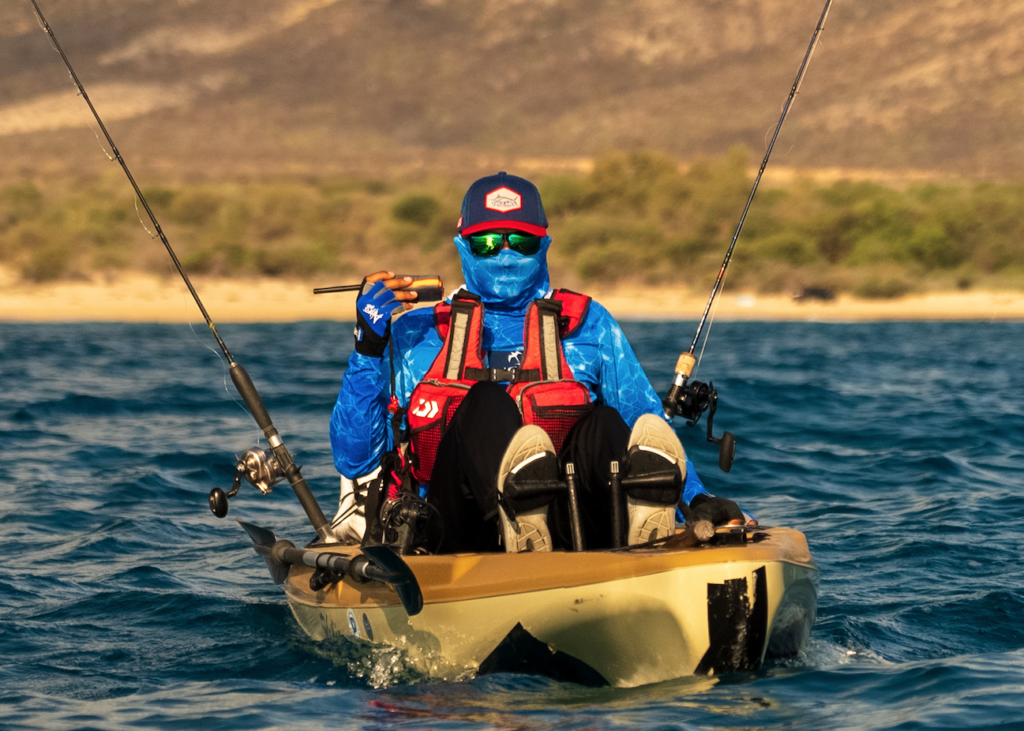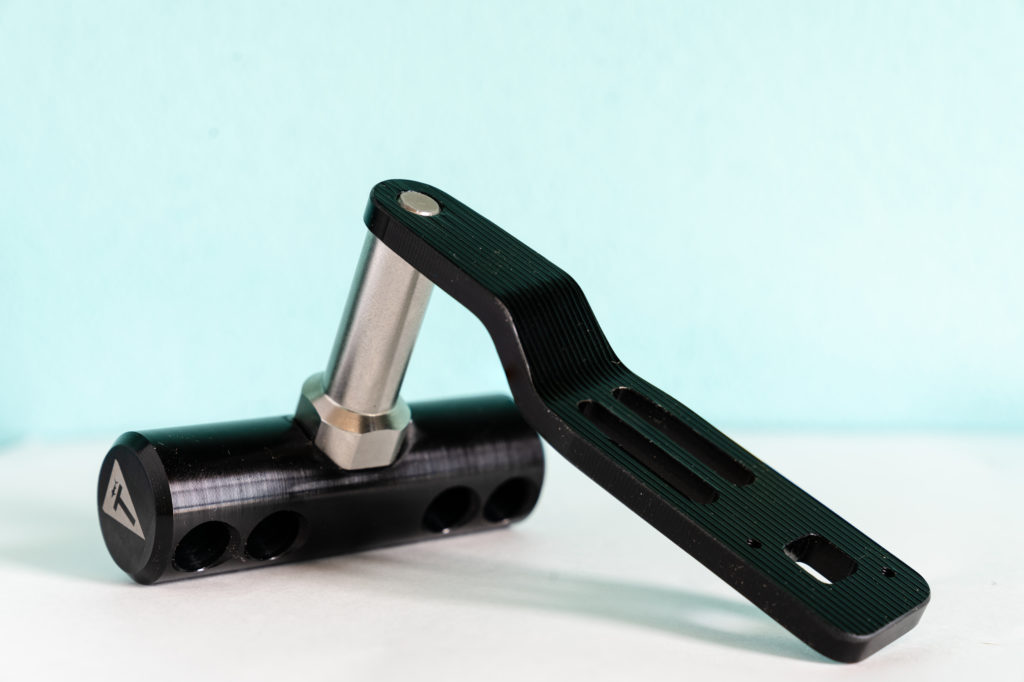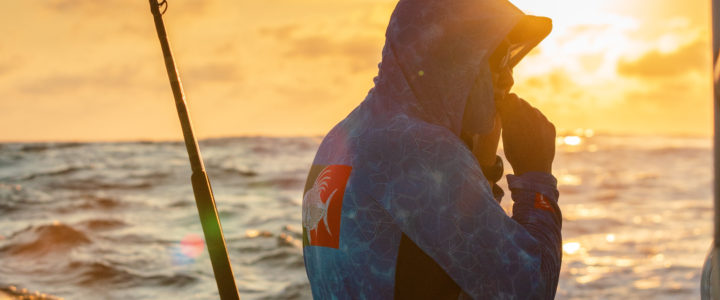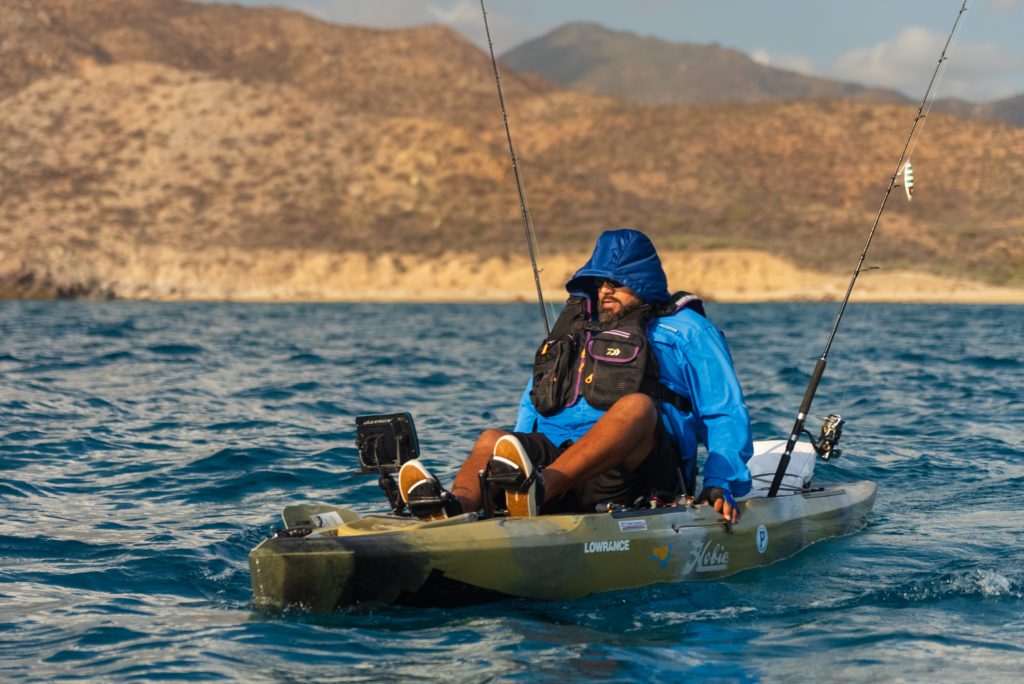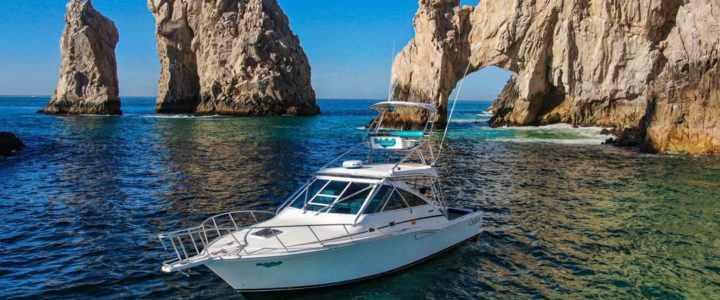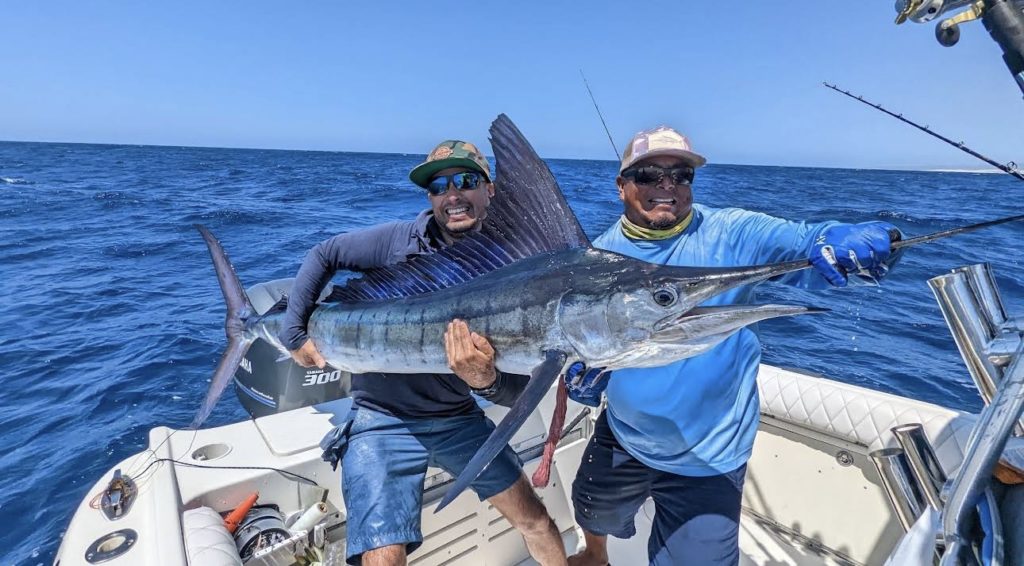Kayak fishing is an enriching experience, allowing anglers to merge the tranquility of paddling with the exhilaration of the catch. To ensure a productive and enjoyable outing, certain accessories are indispensable. Below are the top 10 must-have kayak fishing accessories that will elevate your fishing expedition.
1. Rod Holders:
Securing your rods while managing multiple lines, rod holders are paramount. They allow hands-free navigation and multitasking, ensuring your rods are safe and ready for action.
2. Tackle Boxes:
Compact, waterproof, and organized tackle boxes keep your fishing essentials within arm’s reach. Find one with several compartments to store your lures, hooks, and other gear efficiently.
3. Anchor:
A compact anchor is crucial to stabilize your kayak in currents or winds, allowing you to focus more on fishing and less on maintaining your position.
4. Fish Finder:
Increase your chances of a great catch with a high-quality fish finder, mapping underwater structures, locating fish, and identifying the water temperature, especially in unknown territories.
5. Paddle Leash:
Secure your paddle with a durable leash to avoid losing it overboard, particularly during high winds or when handling a catch.
6. Kayak Fishing Net:
A retractable, durable net is essential for securing your catch, preferably one with deep, wide netting to accommodate various fish sizes.
7. Waterproof Dry Bags:
Protect your gear, valuables, and food with durable, sealed dry bags, available in different sizes to suit your needs.
8. Safety Gear:
Prioritize safety with a premium life jacket, first-aid kit, signaling devices, a sharp knife, and a rope to tackle emergencies effectively.
9. Comfortable Seat:
Alleviate discomfort during long hours on the water with a supportive, comfortable seat, allowing you to concentrate more on fishing.
10. Portable Cooler:
Preserve your catch, drinks, and snacks with a compact, secure cooler with ample insulation.
Kayak fishing is a harmonious blend of adventure and tranquility, creating unforgettable experiences. These essential accessories will optimize your trip, providing comfort, utility, and enhancing your chances of a lucrative catch.
Ready to experience the thrill of kayak fishing in the serene and abundant waters of Cabo San Lucas and La Ribera? Tag Cabo Sportfishing offers unparalleled guided kayak fishing trips, promising not just a fishing excursion but an unforgettable adventure. Equipped with the knowledge of local waters and a passion for fishing, our guides will ensure your experience is fruitful and exhilarating.
Discover the beauty and bounty of Cabo with us! We offer customizable packages to suit every angler’s needs. Whether you’re a seasoned fisherman or a first-timer, Tag Cabo Sportfishing will cater to your every need, ensuring a memorable and successful fishing trip.
🌟 Book Your Guided Kayak Fishing Trip with Tag Cabo Sportfishing Now! 🌟
Immerse yourself in the pristine waters of Cabo and La Ribera, learn from the best, and let Tag Cabo Sportfishing turn your kayak fishing trip into a spectacular adventure!
Reach out to us at tagsportfishing@gmail.com

